Right before I left Europe I was faced with a packing choice I had not expected. The new Swarovski series of scopes have a choice of objective lenses. It's a modular system and you can switch out your objective lenses. Due to the infamous bathtub video, I have all three on loan for a bit. I generally prefer the 85mm for digiscoping but my trip to Europe is half work and then a trip to Paris and Amsterdam for fun and a visit with my nephew. I can't not go birding, but wasn't sure about taking the 85mm while eating my way through Paris...but then remembered...I have a 65mm objective lens...I could take that and I bet the whole system would be fine with all the biking I'll be doing in Paris and Amsterdam.
But I'm such a photo junky by now, would I be satisfied with the results?
As luck would have it, right before I left for Europe, I received an adapter for my iPhone 4s from PhoneSkope that attaches it to an ATX scope. I thought I'd give both the scope objective lenses and adapter a quick test drive before I left.

About a block from my apartment, a robin has built a nest in the yellow section of a traffic signal. It was cloudy and I thought this would be a perfect way to test it out. Would I be losing anything by using a smaller objective lens (the 65mm vs the larger 85mm or 95mm scopes)? Let's see...

So here is the compact 65mm ATX scope with PhoneSkope iPhone 4s case. Incidentally, there is now a promo code to get a discount on the PhoneSkope. If you order from their site and use "birdchick 13" when ordering, you'll get 10% off. It's a thin, easy to carry case and it can be adapted to several different scopes and phones. It doesn't work with the battery charging Mophie case...but I've yet to find an iPhone digiscoping adapter that does, alas. But this is an easy and lightweight set up.

Here is the view you get with the iPhone without any zoom in at all. One thing that I like about using my iPhone 4s for digiscoping vs my Nikon V1--I get a much wider field of view with the iPhone. This gives you an idea of the field of view you get with the 65mm scope on the lowest eyepiece setting (25 power).

Here it is zoomed in with the iPhone to take out the vignetting. There's a bit of chromatic aberration on the white part of the roof behind the robin nest, which with this sort of camera and a 65mm objective lens isn't entirely unexpected on a cloudy day. This is not a bad photo and certainly the sort I could live with to get souvenir shots in Europe.

And here's another just to see how it works with the Nikon V1--which has no vignetting and a smaller field of view. But not bad for a 65mm scope on a cloudy day.

The 85mm scope is what I use the most. It's optimized for digiscoping, I get a lot of light gathering ability but it is a bit heavier compared to the 65mm...but far lighter in weight than other scopes on the market. It's something I'm used to taking EVERYWHERE with me. But lets see how those photos stack up:

I didn't really lose or gain anything in terms of field of view--still very wide.

Here's a photo of the robin nest zoomed in with the iPhone 4s to remove the vignetting. Still a tiny bit of aberration on the white behind the nest but overall not bad. I'm not seeing a large enough difference to encourage me to take along the larger 85mm.

Here's a shot with the Nikon V1 and the 85mm ATX. Satisfactory...also, how does that robin stand incubating with that yellow light coming on every few minutes? That would drive me bananas.

And since I have it, I had to take a few shots with the 95mm objective lens. This thing is huge. It looks really cool when you have it out, but it's heavier than an 85mm. If I were the sort of person who was mostly stationary and my scope use was primarily lake/ocean watching or hawk watching--I'd be all over this scope. But I prefer the 85mm for it's compactness and that it is lighter in weight.

When this objective lens connects with the eyepiece, the magnificaiton starts at 30 power as opposed to 25 power with the 65mm and 85mm scopes. You lose a tiny bit of field of view, but not much. However, for digiscoping, I often find I'm too close to a subject even at 25 power magnification, so for general birding, I think the 85mm is better for me. Again, if I were one of those birders who is all about gull watching and hawk migration, then the 95mm is aces.

Here's a shot with the iPhone zoomed in while attached to the 95mm scope. A big plus is that the 95mm is going to give you even more light gathering ability compared to the other two smaller objective lenses, but you need to ask yourself how significant is that for your type of birding and digiscoping.

And here's a shot with the Nikon V1 and the 95mm. A very, very bright image for a cloudy day--this scope is incredible in low light conditions, especially dawn and dusk--a perfect tool for surveys and point counts.
So. All three objective lenses are giving me good images on a cloudy day. The PhoneSkope adapter works great with the ATX eyepiece. It is the first iPhone digiscoping adapter that I have found that works with the new Swarovski scope. But will I leave my beloved 85mm scope behind and travel to Europe with only a 65mm?
You bet your bippy! And here's the deciding factor:

When you take the scope apart, it becomes very compact. The 65mm fits in my purse (Baggallinis are fantastic purses, I've had the above one for almost a decade).

Check it out--a spotting scope inside a purse! I know the tripod won't fit, but that's easy enough to carry and strap onto a bike (especially if it's a carbon fiber one). Also, having a purse doesn't look like I have a camera or scope bag that would be worth stealing. I love the incognito ability that I could have with this set up. So, since I have access to the equipment and this trip isn't strictly birding, I'm going to see how life works with a truly compact scope. I never thought I'd go 65mm...but what can I say, I'm at the at point in life when I'm willing to experiment with my light gathering ability.

With that new PhoneSkope adapter, I'm half tempted to leave my Nikon V1 at home, but...nah, it takes such great photos. But I'm excited to test out a truly compact birding system while biking around Paris.
As wifi permits, I'll post photos on the Birdchick Facebook page and Twitter while I am abroad.





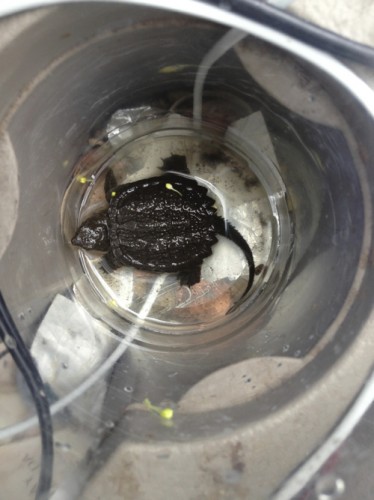
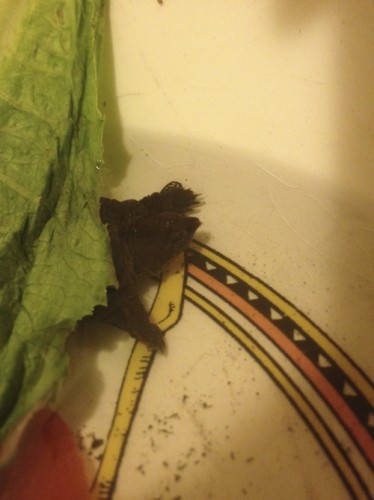
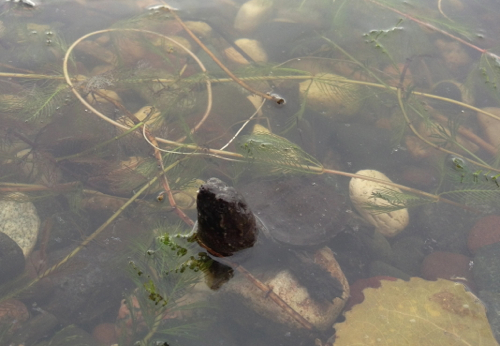
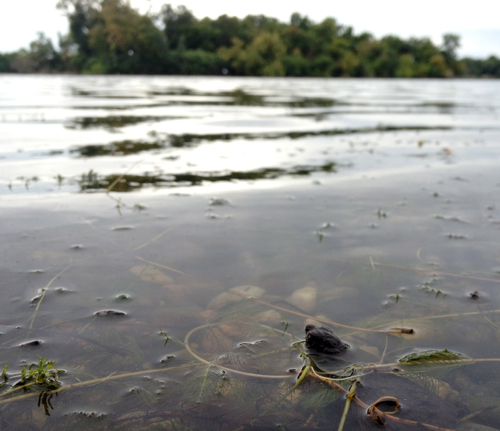
















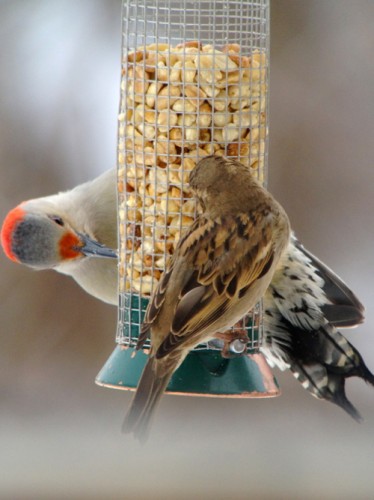
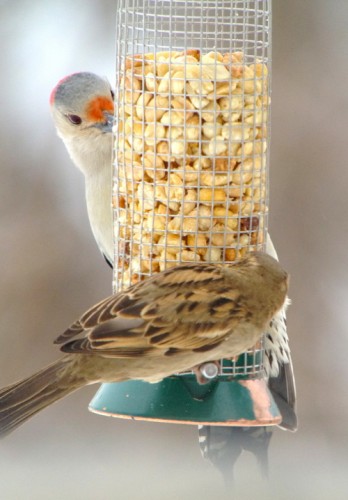
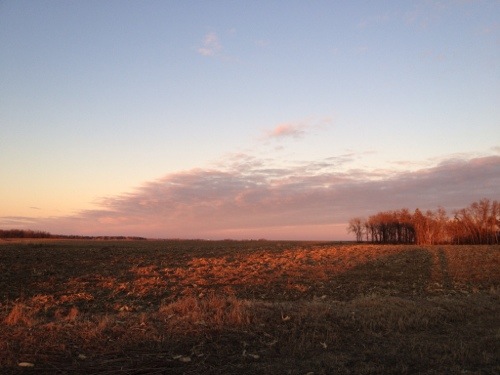
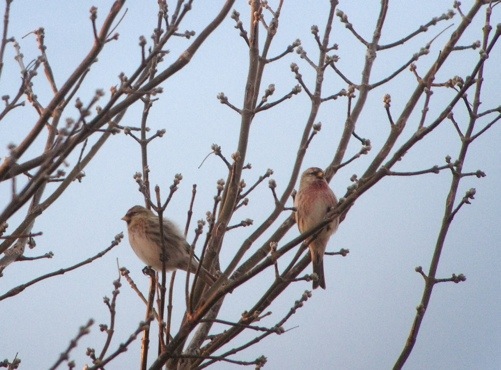
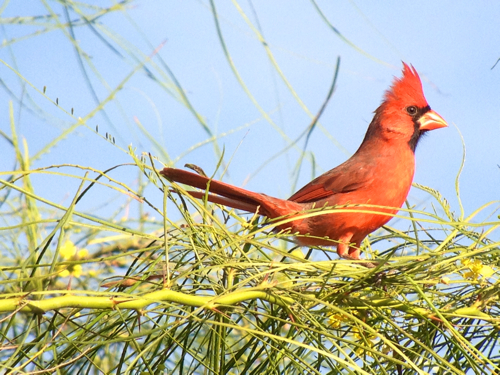 Never get tired of cardinals.
Never get tired of cardinals.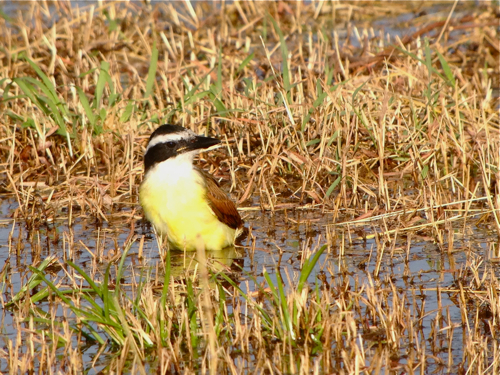
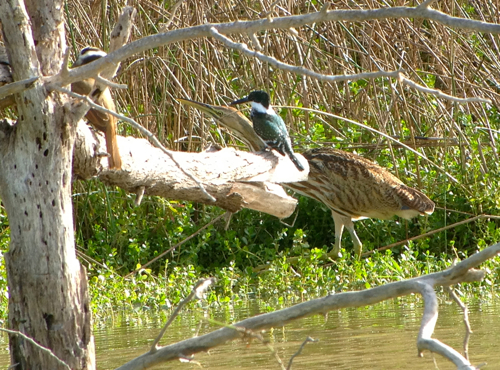
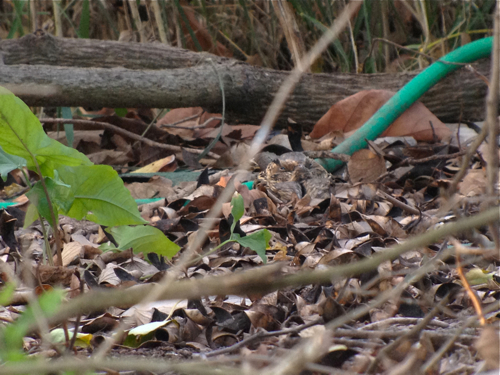
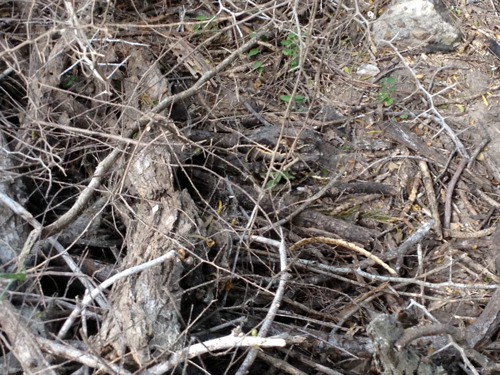
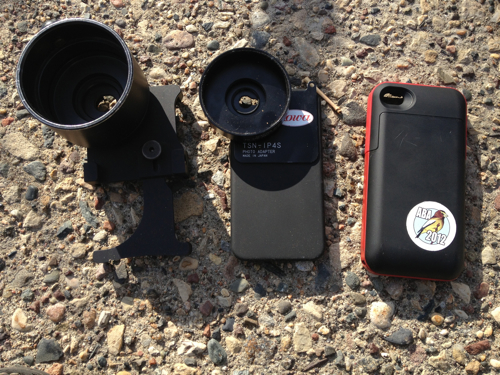




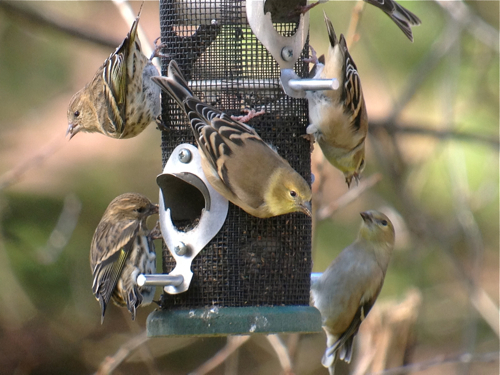 Whoa, pine siskins are crowding out the goldfinches at our feeders (for newer birders, the pine siskins are the streakier finches in this photo).
Whoa, pine siskins are crowding out the goldfinches at our feeders (for newer birders, the pine siskins are the streakier finches in this photo).